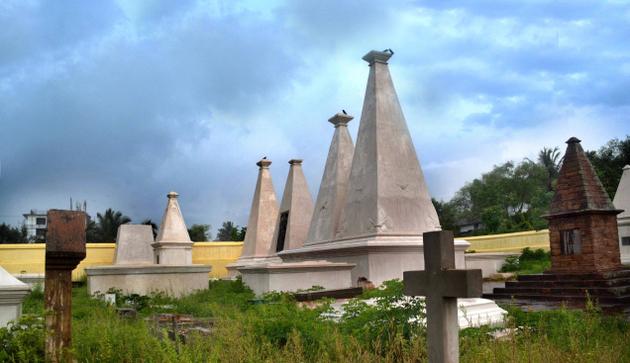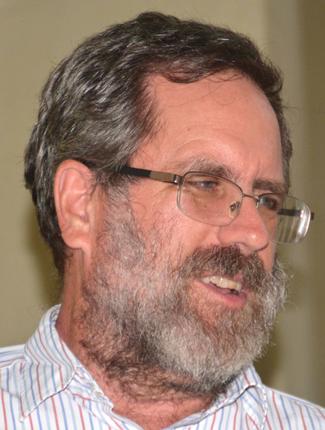
The town of Bheemunipatnam, 20 km. from here, is not only the second oldest municipality in the country, but has a rich heritage of both Buddhist and Colonial period. Historians say that the town was a trading centre during the 2 century Buddhist era and the colonial period and was an early settlement both for the Dutch and the British.
Though there are no remnants of the Buddhist period in the town , the excavated Buddhist settlement on the hills near to the town such as Pavuralakonda, Thotlakonda and Bavikonda suggest a link.
But there is still ample evidence of the early Dutch and English settlement. And it is only a few years from now, even that will be erased from the face of the town, thanks to the rampant destruction of the historic edifices.

According to Robert Schick, an archaeologist affiliated with the American Centre of Oriental Research in Amman, Jordan, a 1995 study documented the presence of about 40 buildings belonging to the 17 to early 19 century Dutch and English settlement.
Dr. Schick who is on his third visit to the port town along with his colleague and fellow archaeologist Micaela Sinibaldi, to document the latest status on behalf of INTACH, informed The Hindu, at present only 20 are left. “A couple of them are still standing, though in dilapidated condition, the rest are totally rundown and a few have been replaced by modern concrete structures,” he said.
Notable among the ones that have been razed to ground are the magnificent sea-facing bungalow of 116 doors, the Governor’s House and the Gali Medha or the round building.
The archaeologist, expressed surprise on the gross ‘lack of will’ to preserve the structures. “It is not the same in the west. In Europe, many a town have been retained to preserve the core medieval flavour for posterity. Historic buildings are not mere sites, but are laboratories with a wealth of information and they define the character of the town or city,” said Dr. Schick.
The coordinator of INTACH’s Buddhist sites in AP, Rani Sarma, pointed out that with every passing day, the situation is worsening and the land is being encroached upon.
source: http://www.thehindu.com / The Hindu / Home> News > National> Andhra Pradesh / by Sumit Bhattacharjee / Visakhapatnam – September 01st, 2014